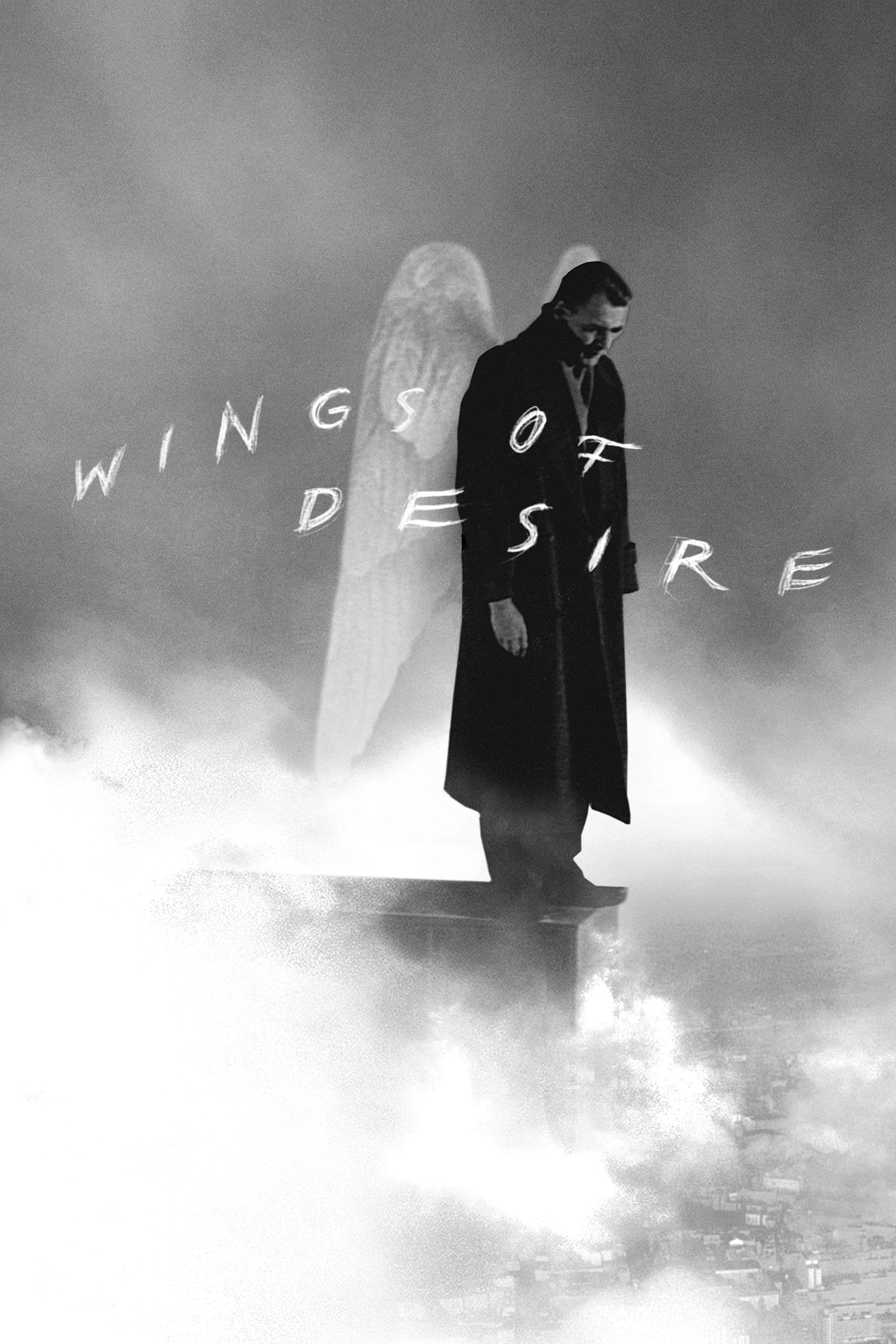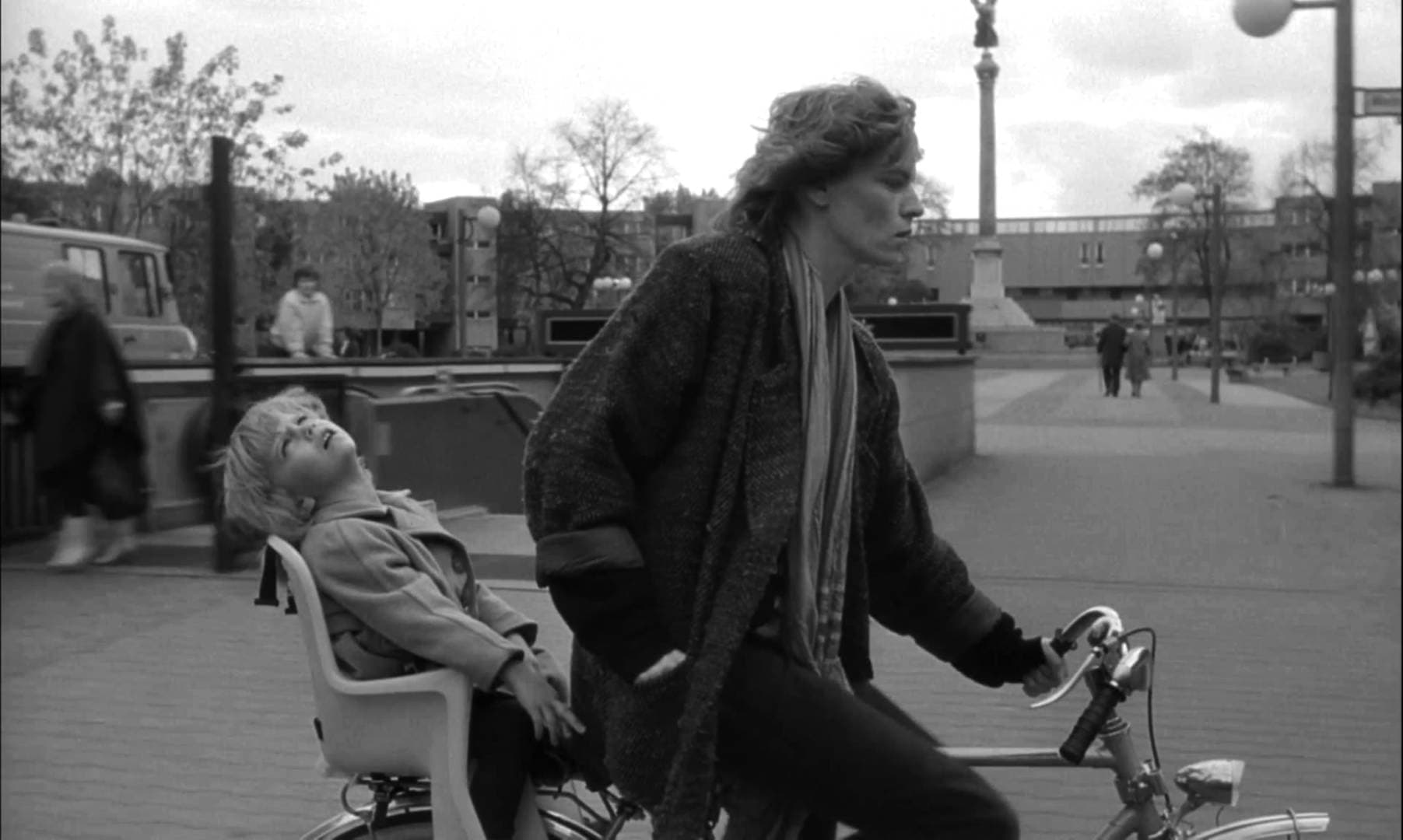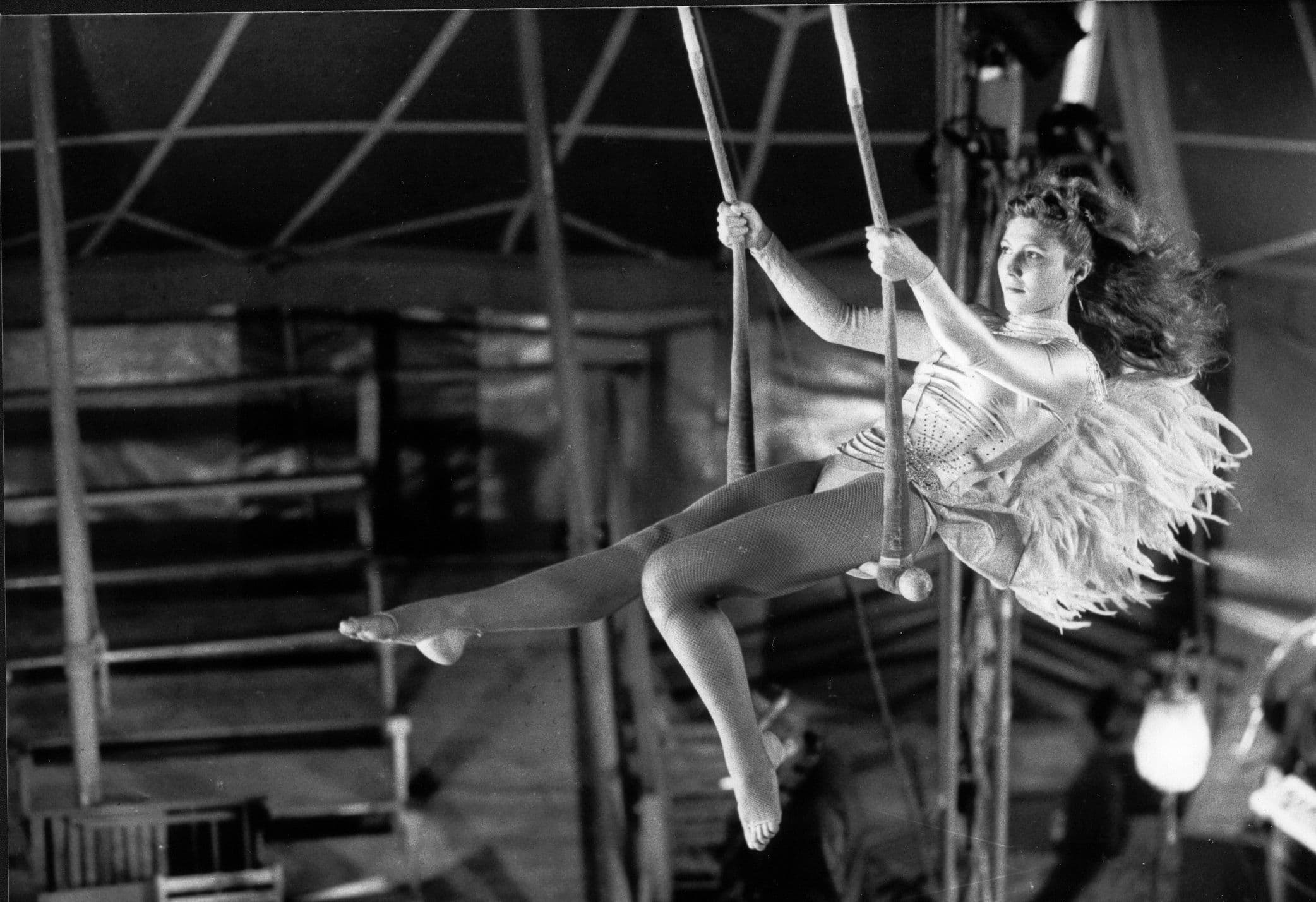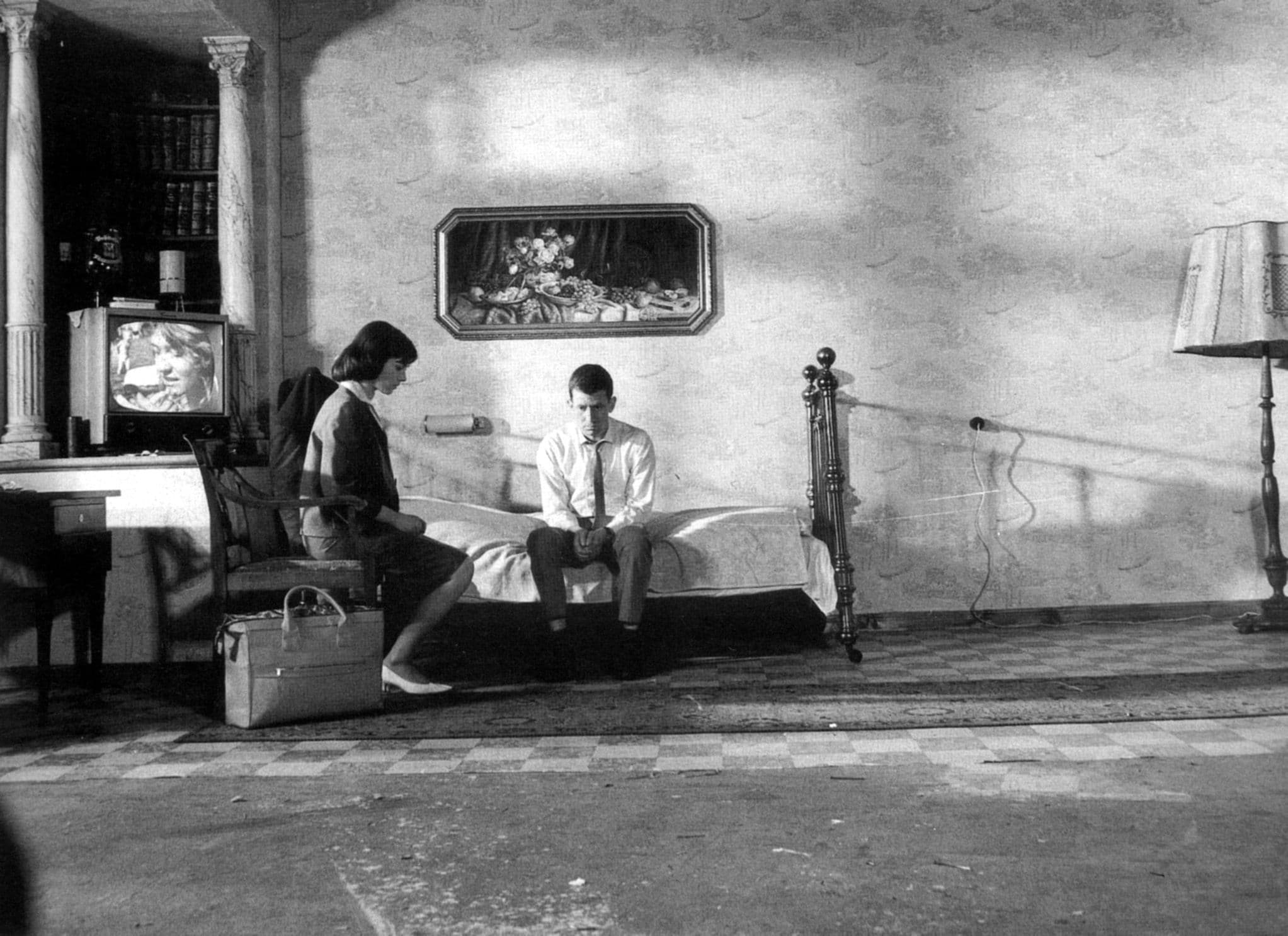
Wings of Desire
1987
Rate this movie
Average: 0.00 / 5
(0 votes)
Director
Wim Wenders, returning from his American experience, culminating in the triumph of Paris, Texas, embraces his homeland with a film that is (also) an emotional act of love for Berlin, but which simultaneously marks a return, a kind of "Heimkehr" that is not only geographical but spiritual. After the broad scope and solitude of American landscapes, Wenders immerses himself in a still-divided Berlin, suspended in a historical and psychological limbo, endowing it with an almost mythological resonance.
The city, with its shadowy, elegiac aura, imbued with still-open wounds and moving resilience, is indeed the stage for a delicate story poised between poetry and mysticism. It is a stage of ruins and hope, where the Wall, though invisible for much of the angelic narrative, looms as a symbol of fragmentation, amplifying humanity's search for connection and meaning. The film's aesthetic, with the alternation between the ethereal black and white of the angels and the vibrant color of the human world, is not mere stylistic virtuosity but a programmatic statement: the almost painterly black and white immerses us in the dimension of pure observation, devoid of the tangibility of human emotions, while the chromatic explosion of embodied life exalts the beauty and chaos of "feeling."
It is clear that Wenders' mysticism is a secular, profoundly immanent feeling, arising from corporeality, from the flow of human events, from the poetic surplus nestled in the most mundane everyday life. It is not the search for a transcendent ascension, but rather the celebration of an earthly epiphany, almost a Zen satori captured in the concreteness of existence. It is a poignant yet luminous humanism that investigates the human condition not through dogmas or revelations, but through deep empathy and acute observation. In this sense, the film aligns with a tradition ranging from Rilke – with his Duino Elegies and the contemplation of the relationship between angels and the human condition – to certain existentialist poetry, where the sacred manifests in the profane, and the absolute in the ephemeral.
Berlin is a city populated by thousands of angels who watch over human destinies from above, invisible to humans, perceived solely by children – a symbol of an innocence and purity of gaze that has not yet learned to filter reality through adult reason. These angels are not judgmental or salvific entities in the traditional sense; rather, they are empathetic observers, guardians of collective memory, whisperers of comfort. They act as a kind of invisible conscience of humanity, absorbing the stories, thoughts, joys, and sorrows that float in the air of the metropolis.
We will follow two of them, Damiel and Cassiel, two complementary figures who embody different facets of this angelic existence. They exchange their experiences, reflecting on the people they have helped, to whom they were close in a moment of sorrow, whom they touched with their impalpable presence. Cassiel is perhaps more pragmatic, more anchored to his role as eternal witness, while Damiel, with a subtle and growing melancholy, confesses to Cassiel that he feels imprisoned by their incorporeality. He wishes to feel the pull of gravity, the bite of the cold, the taste of coffee, the scars of time. He wishes to be weighed down by the burden of reality, to take on the load and beauty of existence as all the people he sees every day do, ardently desiring to participate in the finiteness, passion, and suffering that make the human being so vulnerable and, at the same time, so sublime.
Some scenes are poignant, like the one where Damiel, approaching a man injured in a road accident, tenderly takes his head in his hands and instills in him flashes of memory, small past things that soothe the soul and bring it peace. It is not a divine miracle, but a gesture of radical empathy, an infusion of humanity in the darkest hour, almost an activation of memory's own healing power. It is in these moments that Wenders' "secular spirituality" is revealed: a profound faith in the intrinsic dignity and resilience of humanity, even in the face of the senselessness of pain.
To embrace the lyricism that pervades every frame of this work, it is worth quoting Damiel's words, a catalog of sensations and perceptions that embodies his desire for tangibility: “How I was on the mountain and came to the sun from the valley fog / the fire at the edge of the pasture / the potatoes in the ashes / the boat shed on the lake / the Southern Cross / the Far East / the Great North / the Wild West / the Great Bear Lake / the Tristan da Cunha islands / the Mississippi Delta / Stromboli / the old houses of Charlottenburg / Albert Camus / the morning light / the child's gaze / going to drink from the waterfall / the stains of the first raindrops / the sun / the bread and wine / the skip / Easter / the veins of paper sheets / the grass that moves / the colors of stones / the pebbles on the stream bed / the white tablecloth in the open air / the dream of the house within the house / the neighbor sleeping in the next apartment / the quiet of Sunday / the horizon / the light of the room in the garden / flying at night / riding a bike without hands / the beautiful stranger / my father / my mother / my wife / my son.” This litany is not a mere enumeration, but a sensory poem, an ode to the ordinary that becomes extraordinary when observed with the hunger of one deprived of it. It is the distillation of Damiel's desire to experience the world not as an abstract entity, but as a symphony of sensations, smells, tastes, and, above all, human connections. Each element is a piece of that complex and wonderful mosaic that is human experience, celebrated in all its nuances.
In the frenzy of everyday life, an existence often distracted by a constant forward rush, only a friendly and invisible entity – or perhaps, more accurately, the ability to rediscover within ourselves that angelic and childlike gaze – can bring us back to the poetic dimension of daily life. It invites us to appreciate those things we might not have noticed, those small wonders often hidden in the shadow of habit, but which, with their long sigh, bring us back to a delicate state of calm, poised between quintessence and happiness. Wings of Desire is not just a film, but a meditation on perception, embodiment, and the incessant search for meaning in a fragmented world, a timeless work that continues to whisper to us the importance of feeling.
Gallery










Comments
Loading comments...